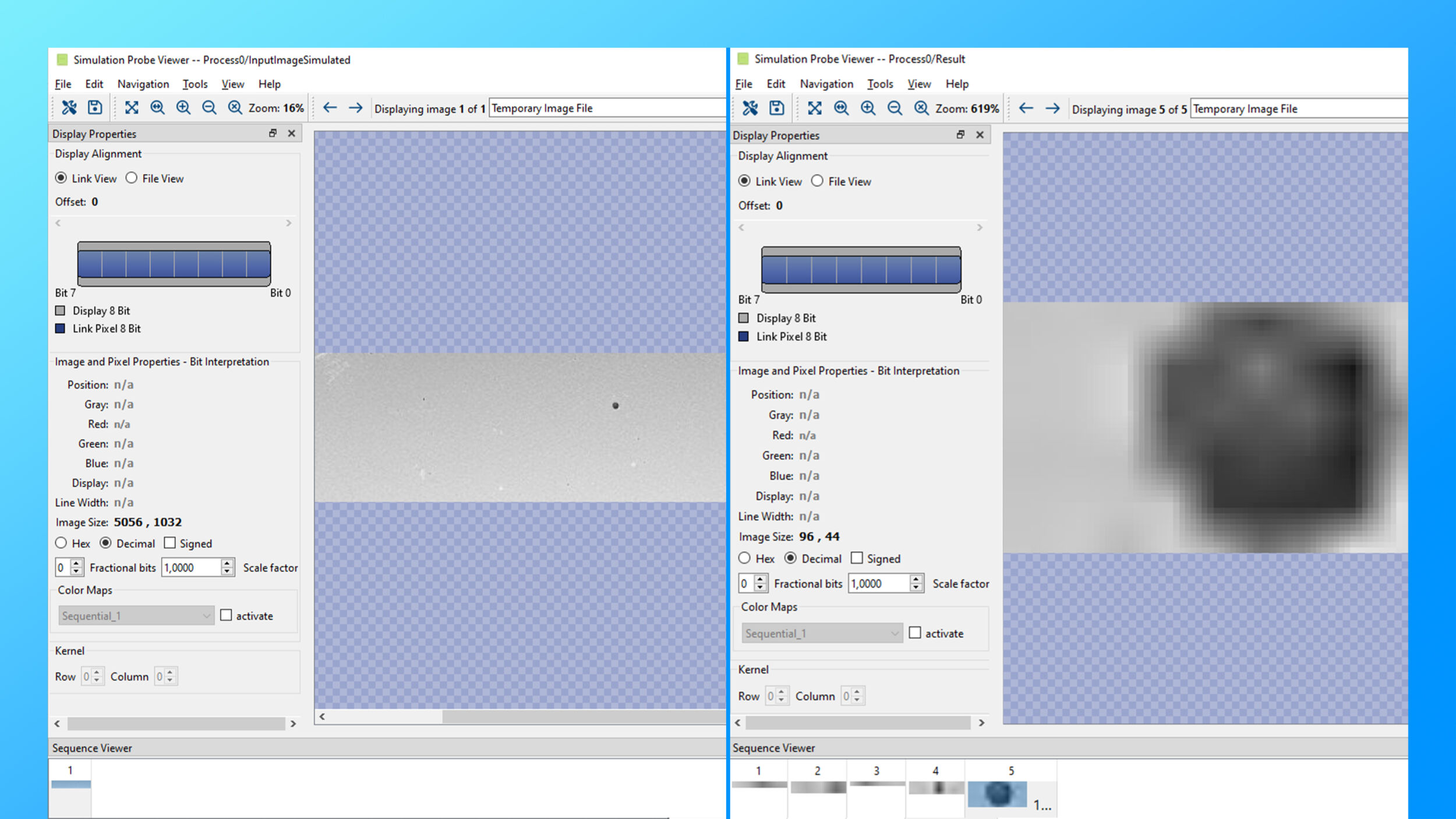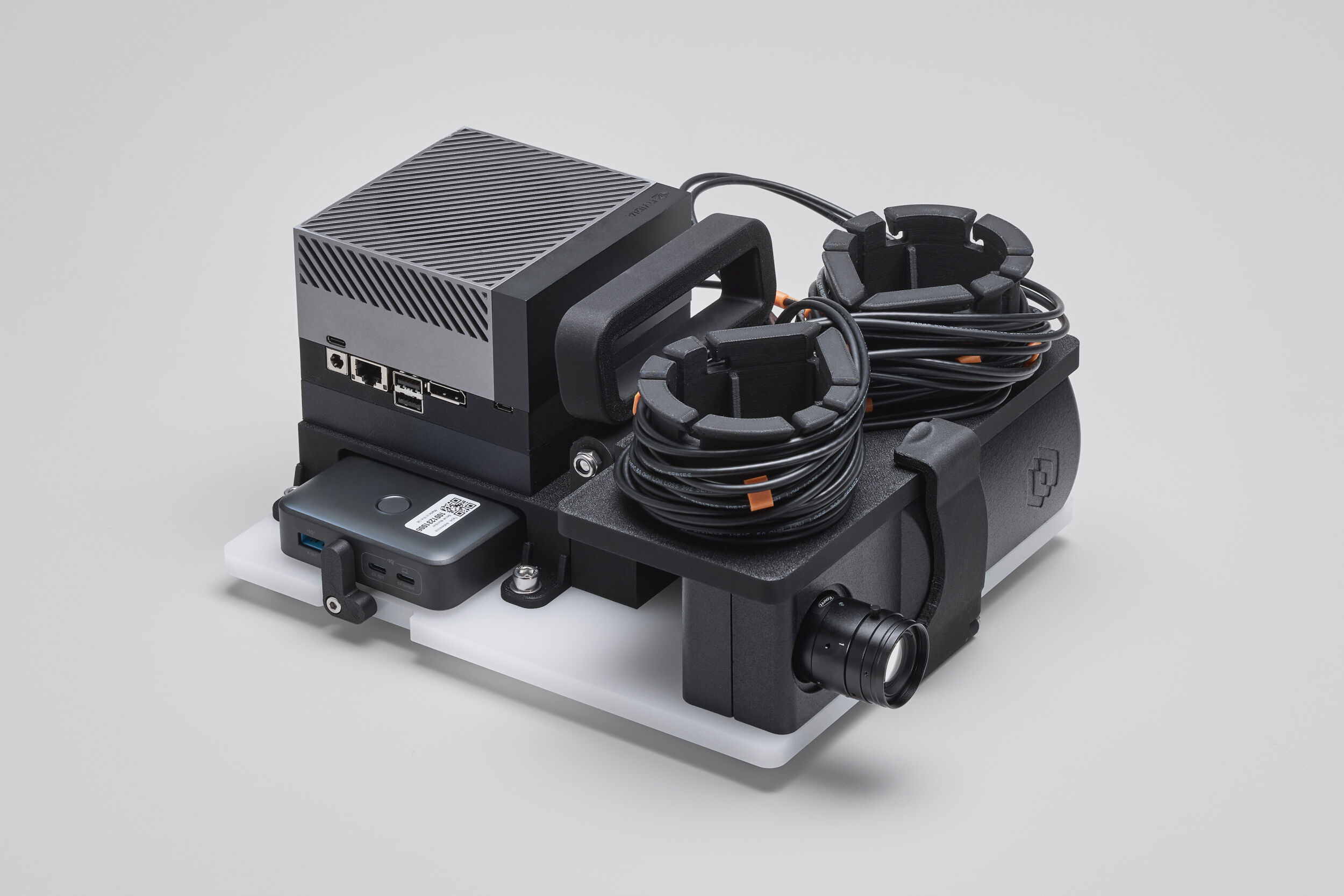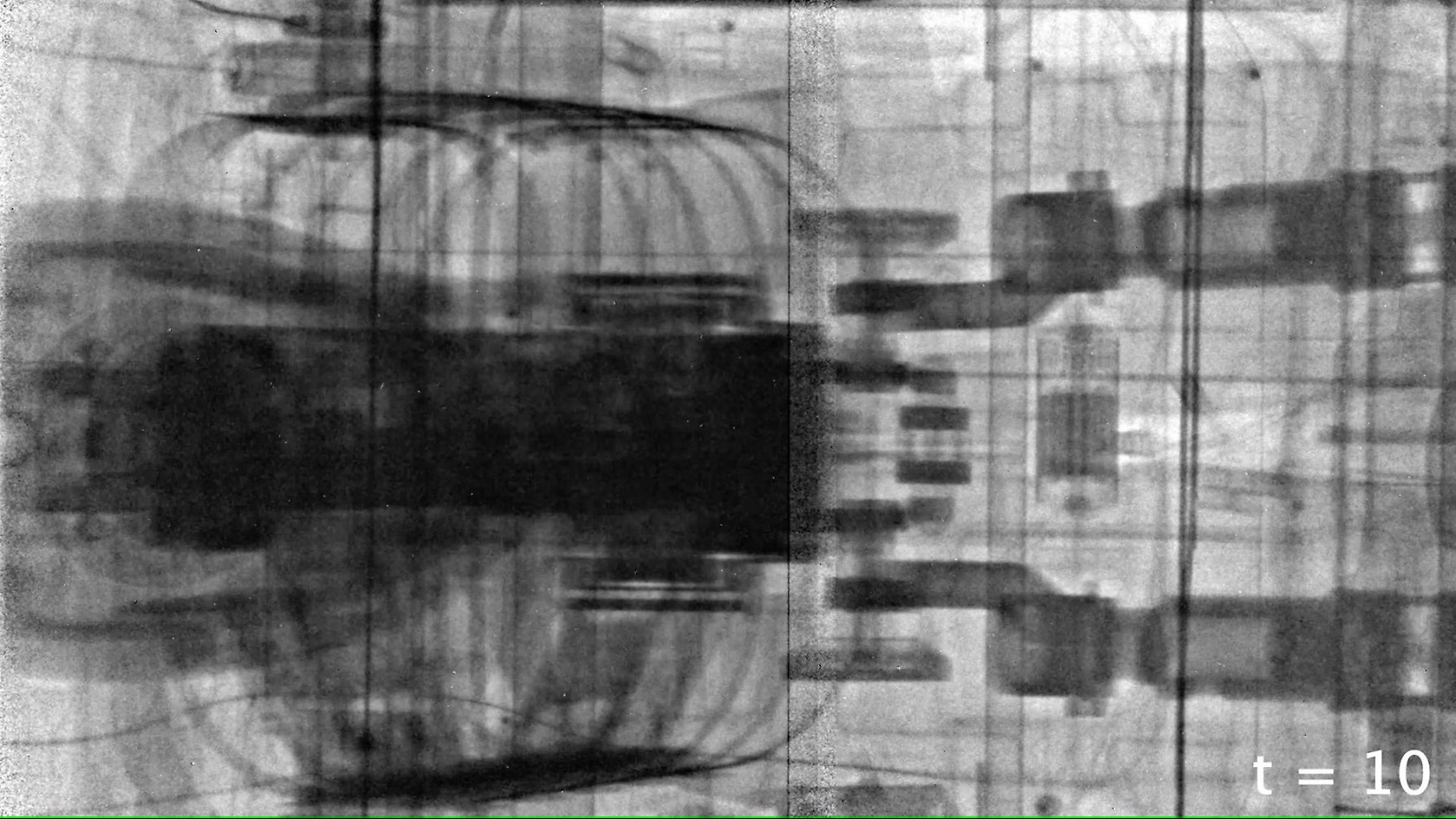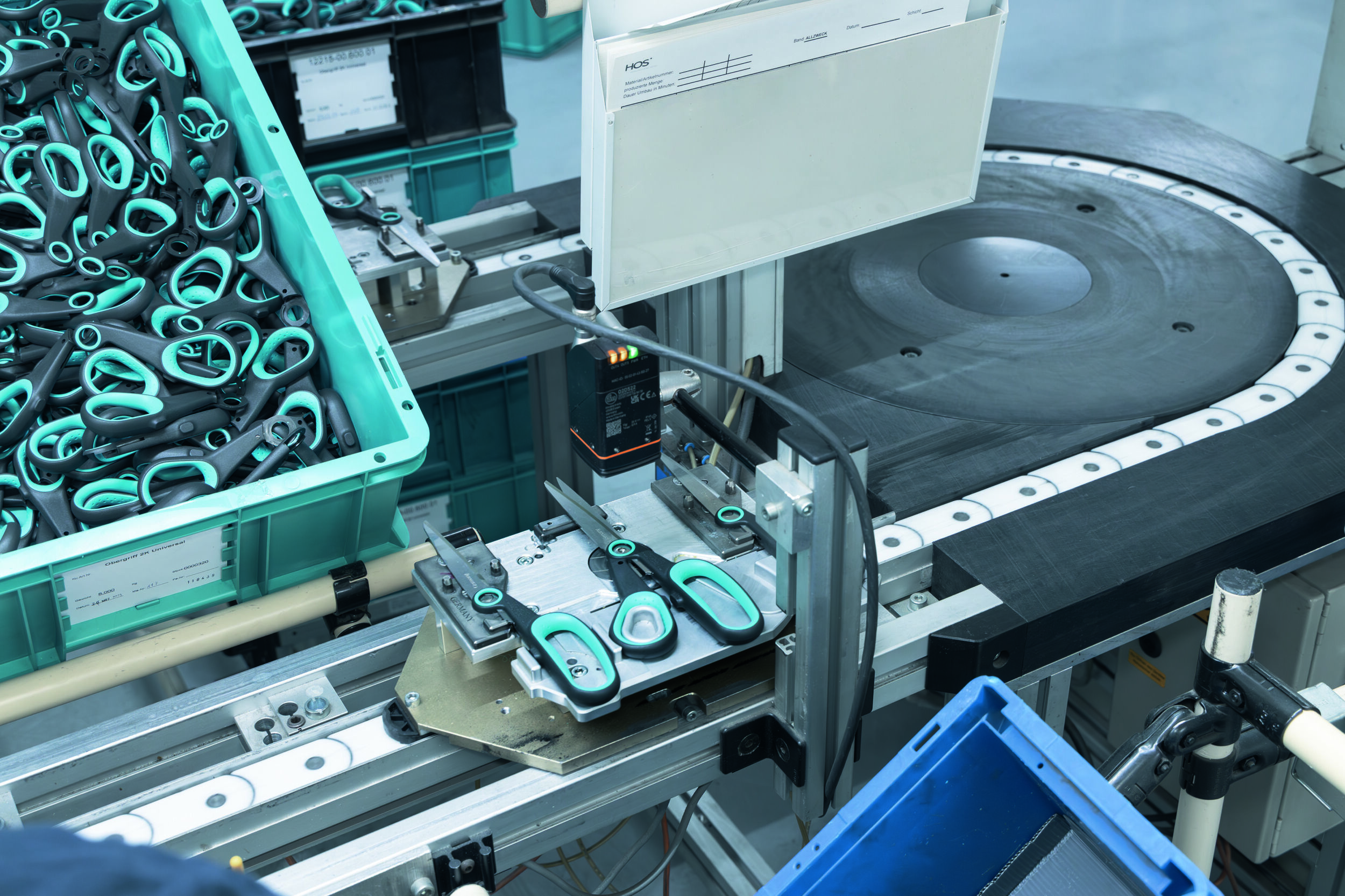Ultra-Compact System
Compact Telecentric Lenses and Illuminators for Large FoVs
To overcome the limitations of telecentric systems, Opto Engineering designed the Core Plus family of compact telecentric lenses and illuminators for large FoVs.

The Core Plus family features large FOV telecentric lenses for area scan cameras and collimated illuminators, with a new opto-mechanical design ideal to measure large objects in a reduced space. (Image: Opto Engineering srl)
Telecentric lenses are commonly employed for measurement applications because of their characteristics of low distortion, fixed magnification and big depth of field. On the other hand, however, because of their design they result quite bulky with respect to entocentric lenses. The length and working distance of a telecentric lens strongly impacts the size of a vision system. This is especially critical when a large FOV telecentric lens is used with a telecentric illuminator, as the overall system dimensions are doubled. The Core Plus family features large FOV telecentric lenses for area scan cameras and collimated illuminators, with a new opto-mechanical design ideal to measure large objects in a reduced space. Both the working distance and the mechanical length of the lenses and illuminators has been optimized to make a measurement system as compact as possible: compared to other telecentric lens and illuminator of similar FoV, the new series are up to 45 percent shorter. In order to meet the increasing demand for high- resolution lenses, the TC1MHR- TC5MHR Core Plus series, for sensors up to 4/3″, has been designed following the same driving principles of compactness and versatility. Finally the series is completed by the LTCLHP Core Plus series of telecentric illuminators featuring a compact shape factor combined, once again, with an optimized working distance. With a standard telecentric system design, the mechanical length of the lens/illuminator is typically half the front element itself. The new Core Plus family brings this back to an almost 1:1 ratio and, combined with the use of light materials, saves a lot on weight as well (up to 50 percent for the largest model). Also, the working distance of the lenses and illuminators of the family was reduced compared to the corresponding standard version. Moreover, Core Plus lenses and illuminators feature a built-in mounting flange and standard aluminum T-slot profiles for easy mounting without additional clamps.












